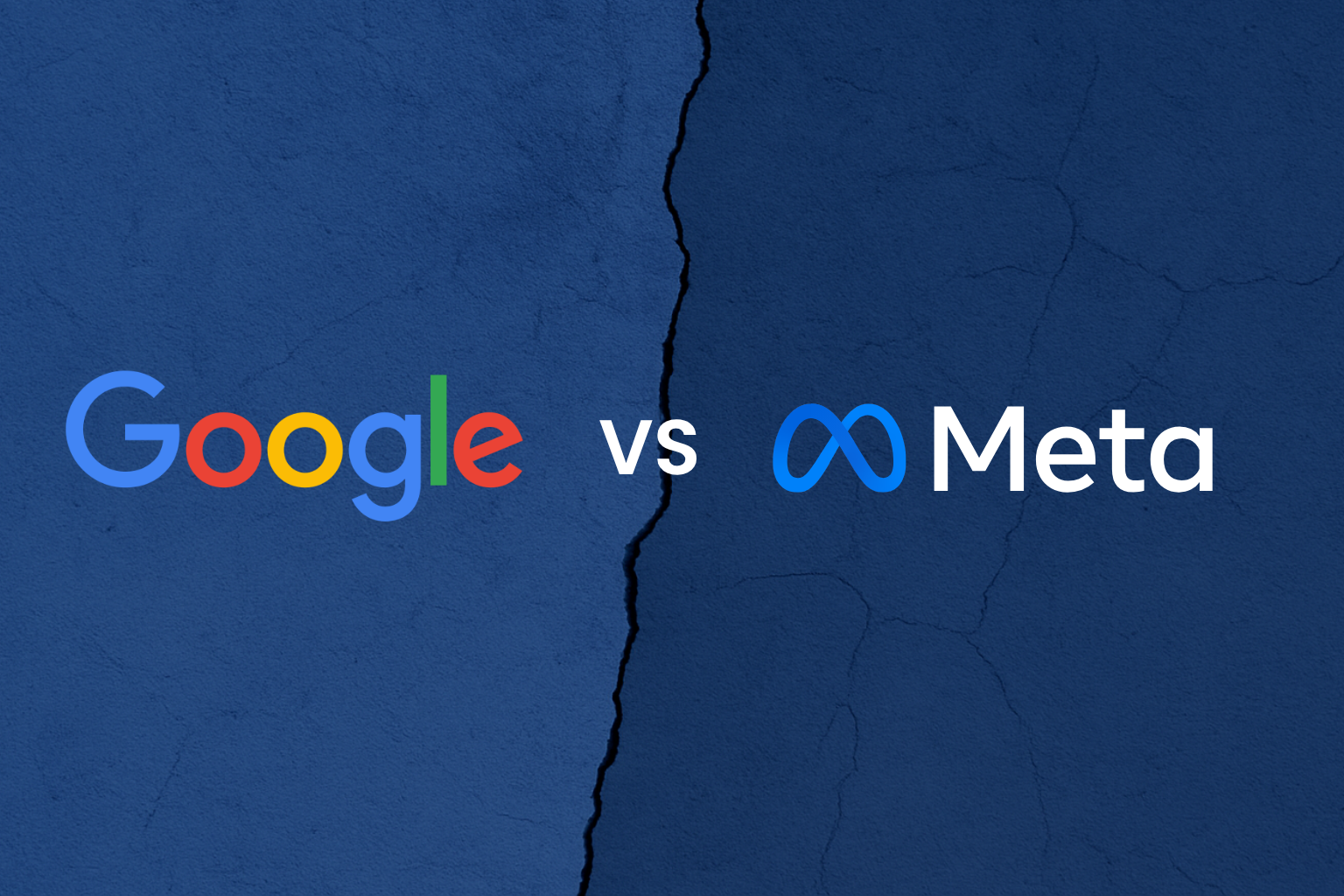Why Brand Search Needs a Smarter Approach
Brand search campaigns are often treated as a “must-run” in every ecommerce Google Ads account. After all, protecting your brand name and ensuring you appear at the top of search results sounds logical.
But here’s the catch - many brands overspend on their own name. They end up paying for clicks they could have captured organicially.
As an experienced ecommerce marketing agency, we have seen countless accounts where brand search consumes 20-40% of total ad spend with minimal incremental value.
1. Understand the True Value of Brand Search
Before deciding how much to spend, start by analysing performance metrics that actually matter
- Incremental clicks: Use Google’s experiments to test how many brand clicks are truly incremental vs what you’d receive organically.
- Cost per incremental conversion: If removing brand search doesn’t change conversion volume significantly, you’re likely overspending.
- Attribution paths: Many brand search conversions originate from other channels (like Meta or Email) — meaning you may be double-counting them.
2. Adjust Bidding to Reflect Incremental Value
Not all brand clicks are created equal. Lower your bids to ensure you’re not paying premium CPCs for traffic that would have found you anyway.
- Use Target Impression Share (70–80%) instead of aiming for 100%. You’ll still dominate top results while cutting unnecessary spend.
- Exclude irrelevant queries — e.g. competitors or unrelated product names — to tighten control.
- Monitor CPC trends regularly; a sudden increase often signals competitors bidding on your name
3. Refine Keyword Match Types and Negatives
A broad match on your brand name might capture thousands of unnecessary searches.
Instead:
- Use Exact and Phrase match for your brand name variations.
- Add negatives like “jobs”, “reviews”, “returns”, or “customer service” to avoid wasted clicks.
- Review the Search Terms report weekly to keep brand campaigns lean and relevant.
Small optimisations here can reduce brand spend by 10–20% overnight.
4. Protect Your Brand Strategically (Not Emotionally)
It’s natural to want to “own” your brand name at all times. But emotional bidding often leads to inefficiency.
Instead:
- Check if your organic listing already ranks #1 with strong site links. If so, brand ads might not add much incremental reach.
- Run brand ads only during sales or product launches when competition peaks.
- Use RLSA (Remarketing Lists for Search Ads) so your brand campaign only targets high-value audiences — e.g. cart abandoners or recent visitors.
This ensures your spend goes where it matters most.
5. Optimise Ad Copy and Extensions for Efficiency
If you’re running brand ads, make them count.
- Highlight unique value propositions — free delivery, fast shipping, or exclusivity.
- Use sitelinks and promotion extensions to push users directly to high-converting pages.
- Keep testing ad variations, ensuring CTR and conversion rates justify the spend.
For fashion brands, emphasise your differentiators: craftsmanship, sustainable materials, or best-selling collections — learn more via our Fashion Marketing page.
6. Consider Consolidating Brand into a PMax Campaign
Performance Max can already capture branded queries, especially if your asset groups include your brand name in titles and feed data.
To avoid duplication:
- Review your Search Term Insights in PMax vs Brand campaigns.
- Pause brand search temporarily and monitor for changes in impressions or conversions.
- If performance remains stable, let PMax handle brand coverage and focus search budget on non-brand growth.
This consolidation can streamline your ecommerce PPC strategy and improve overall ROAS.
7. Reinvest Savings into Growth Campaigns
Every pound saved from brand search can drive more impactful results elsewhere — whether that’s testing new creative on Meta, expanding into YouTube, or launching category-specific Performance Max campaigns.
Conclusion
Running brand search isn’t wrong — running it inefficiently is.
By analysing incremental value, adjusting bids smartly, tightening keyword control, and leveraging automation wisely, brands can maintain visibility while freeing budget for growth.
If you’d like a Google Ads audit or to learn more about how we can optimise your campaigns, get in touch with our team today.
.png)
.png)

.png)



.png)
.png)

.png)


.svg)
.svg)
.svg)
.svg)